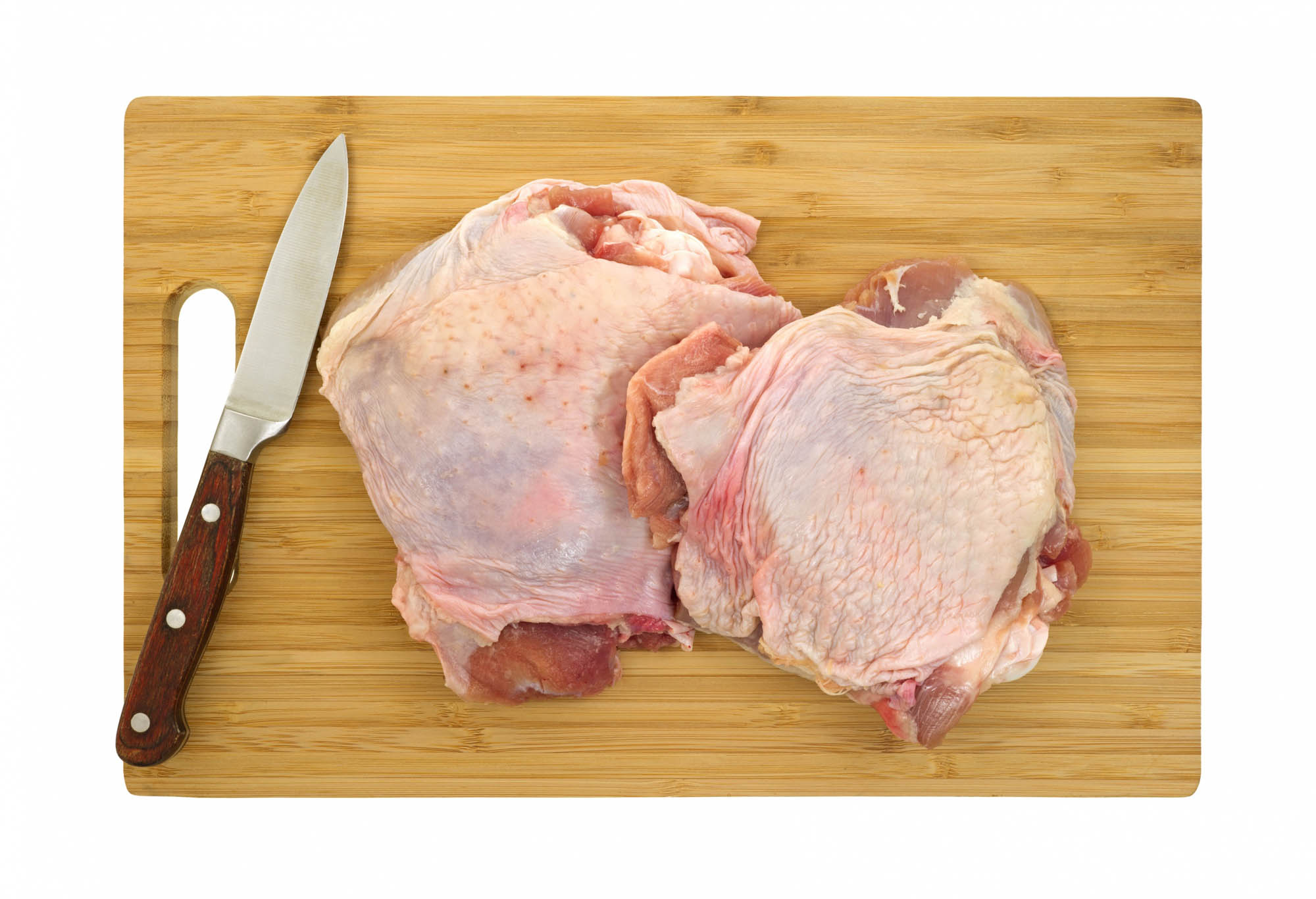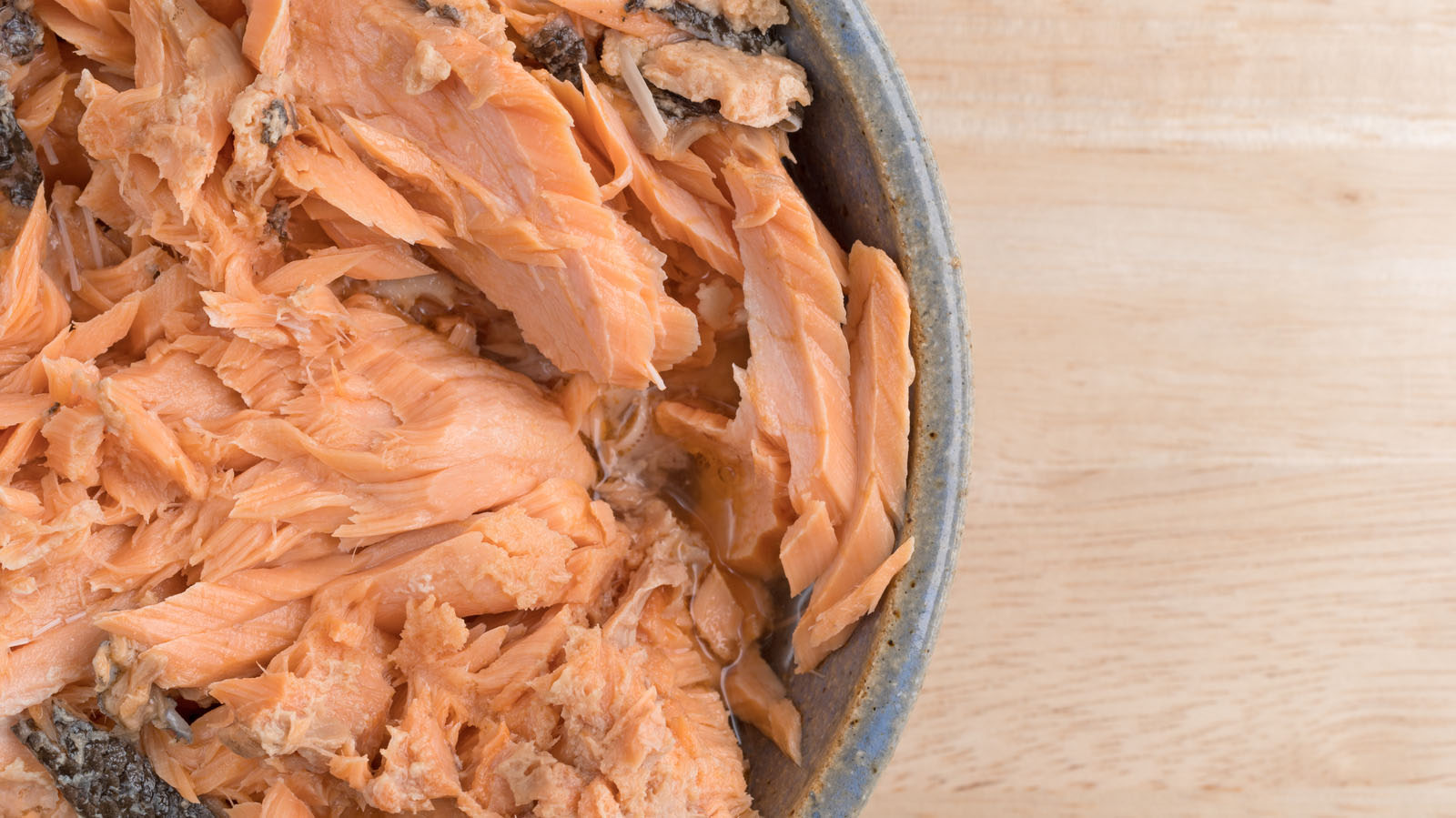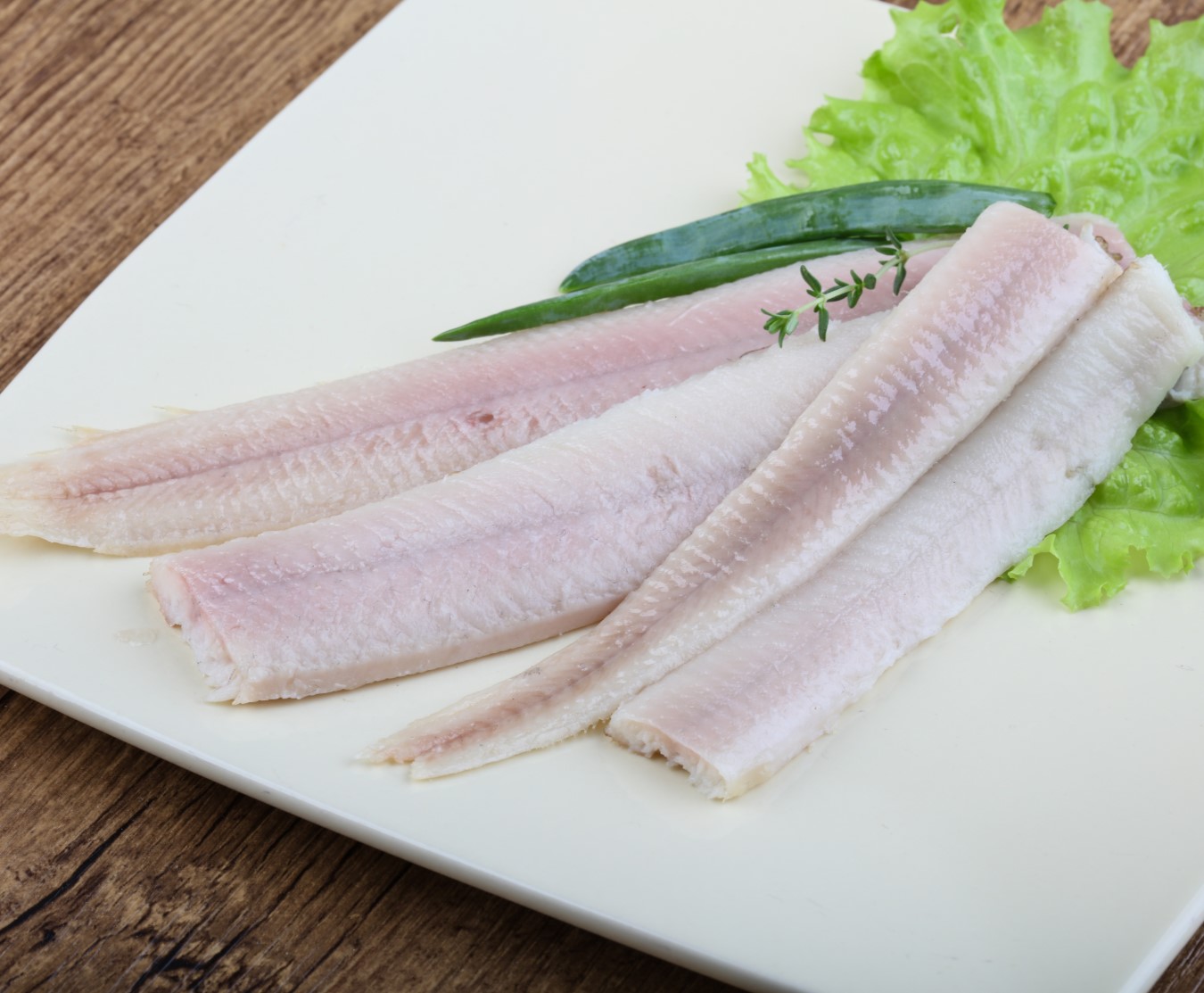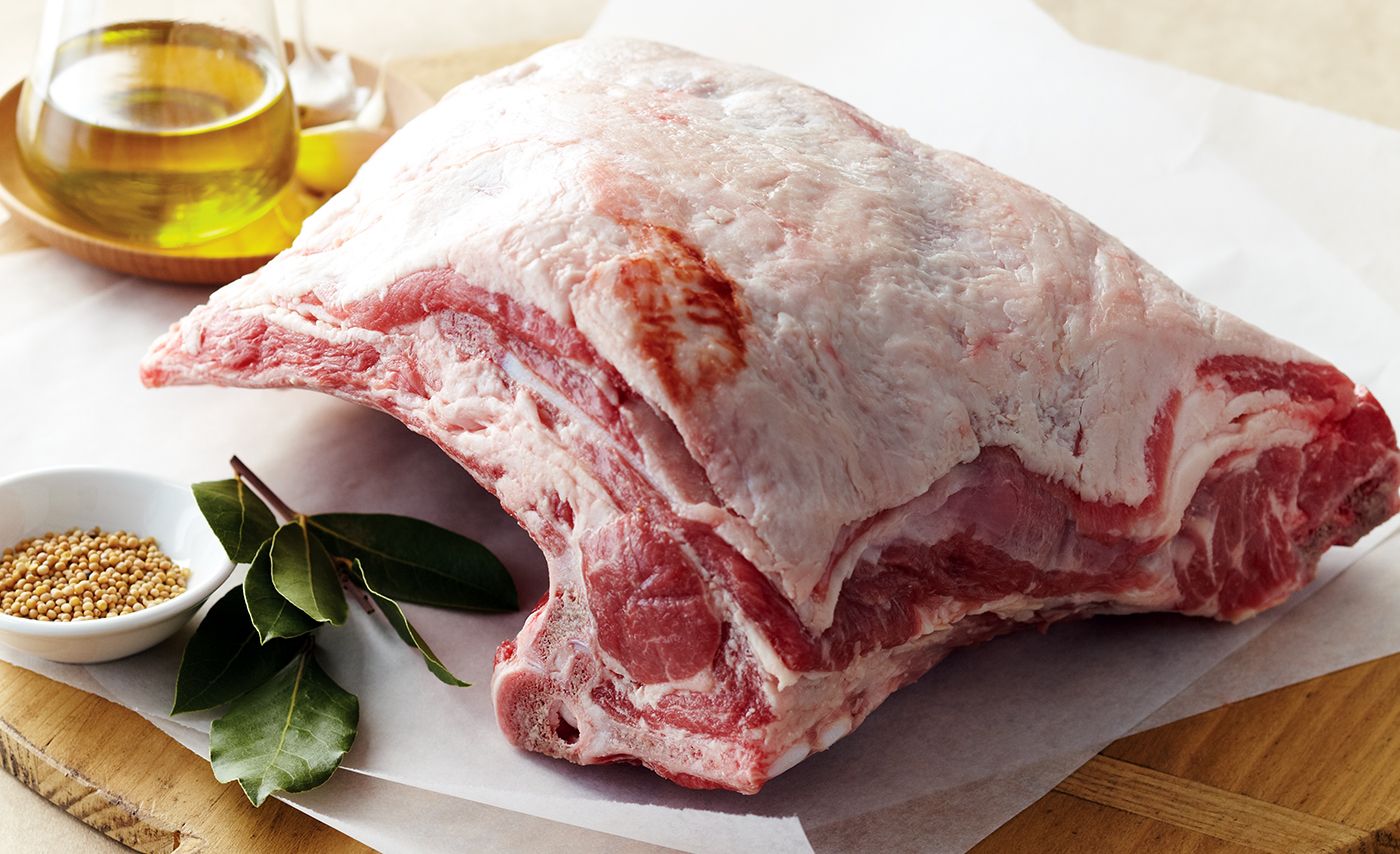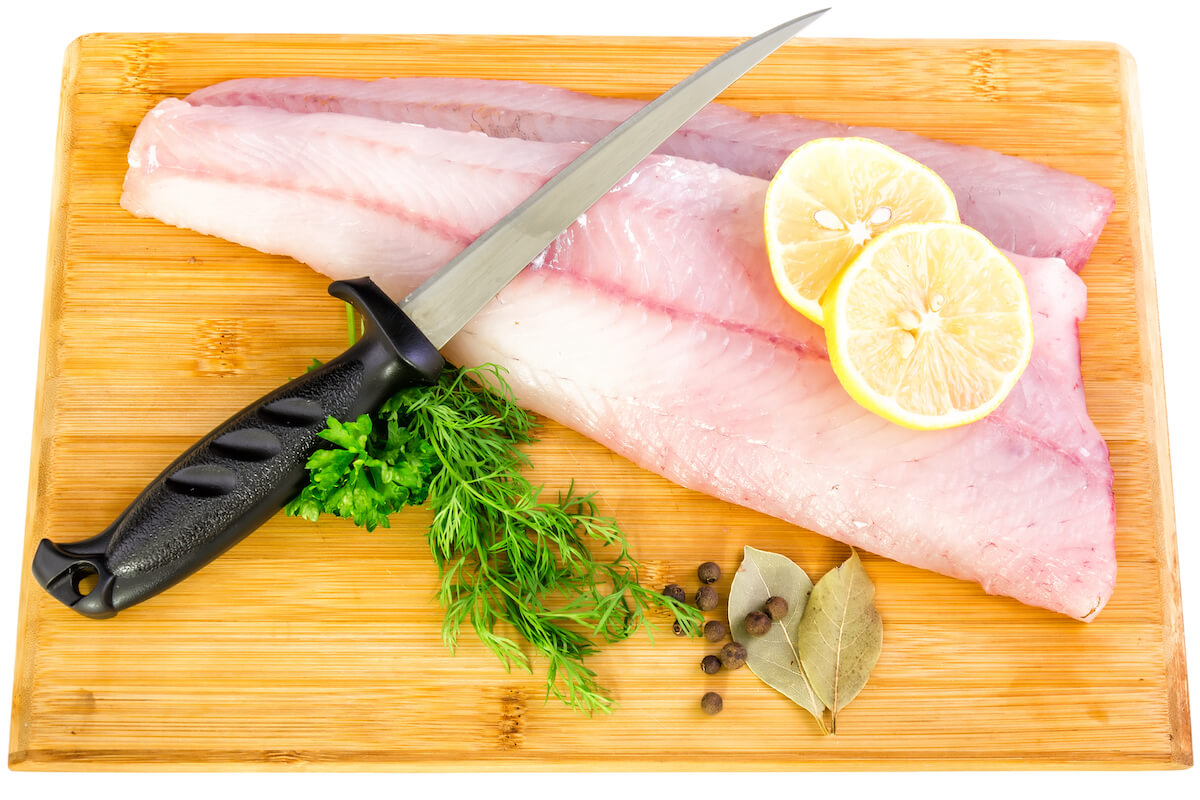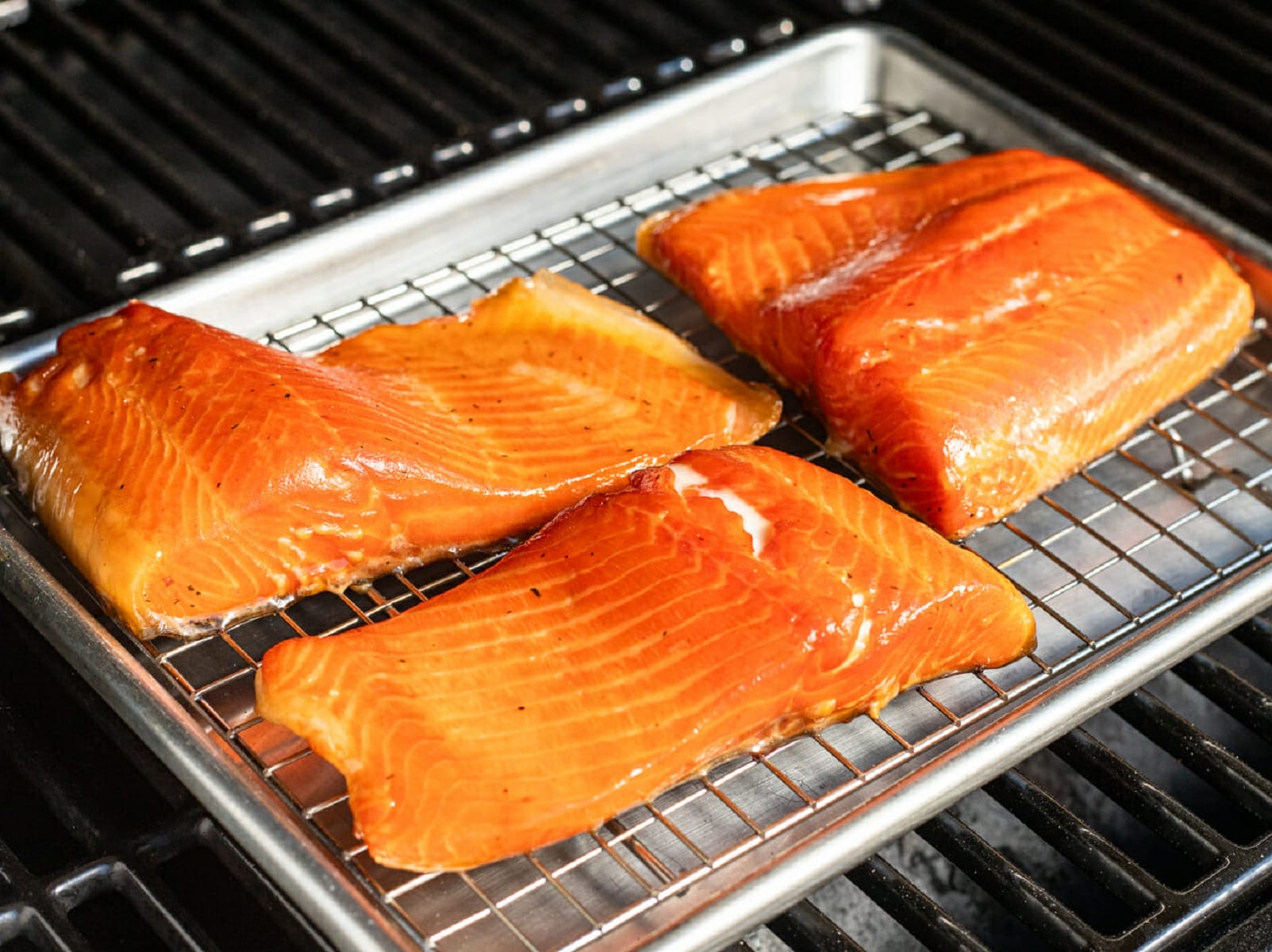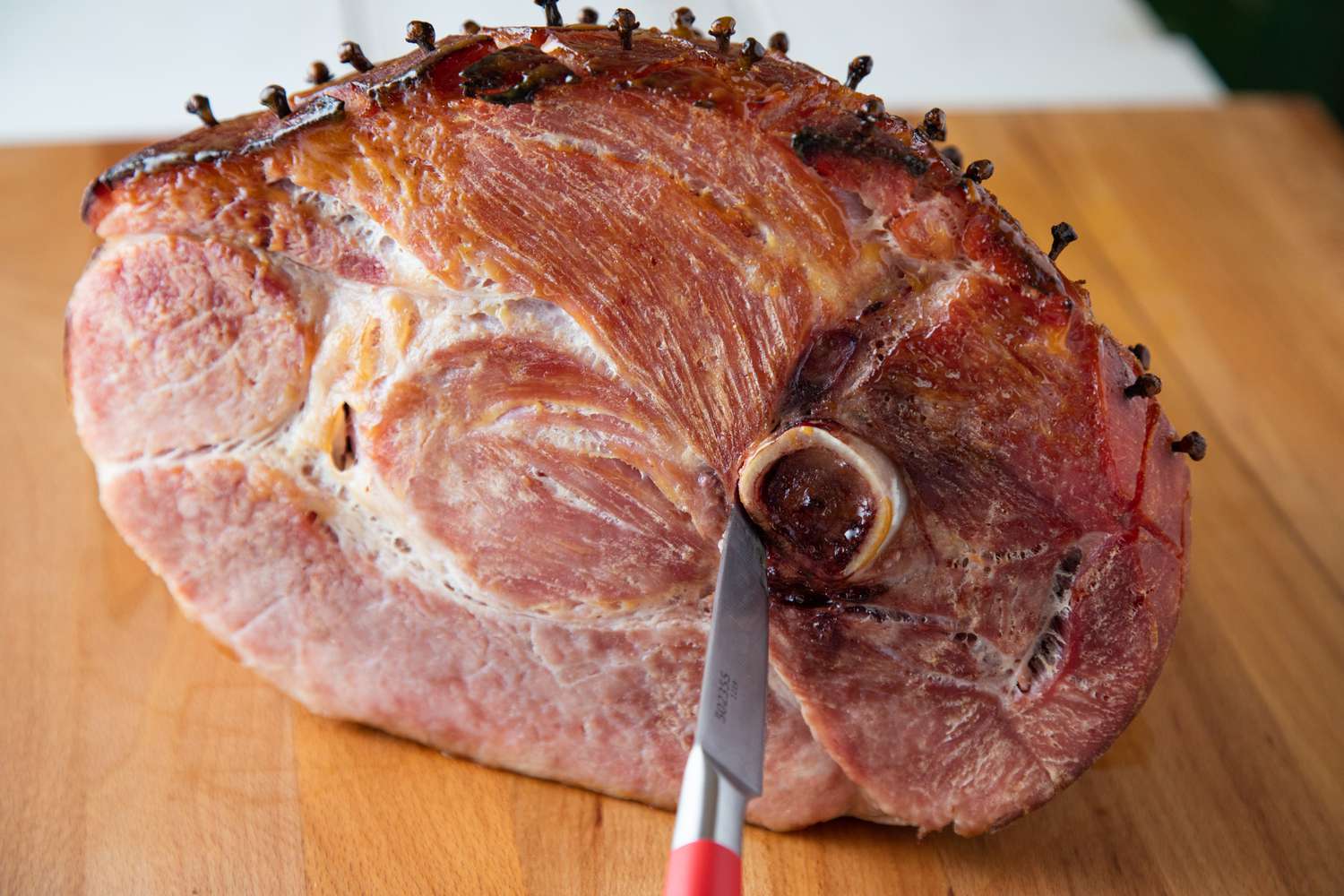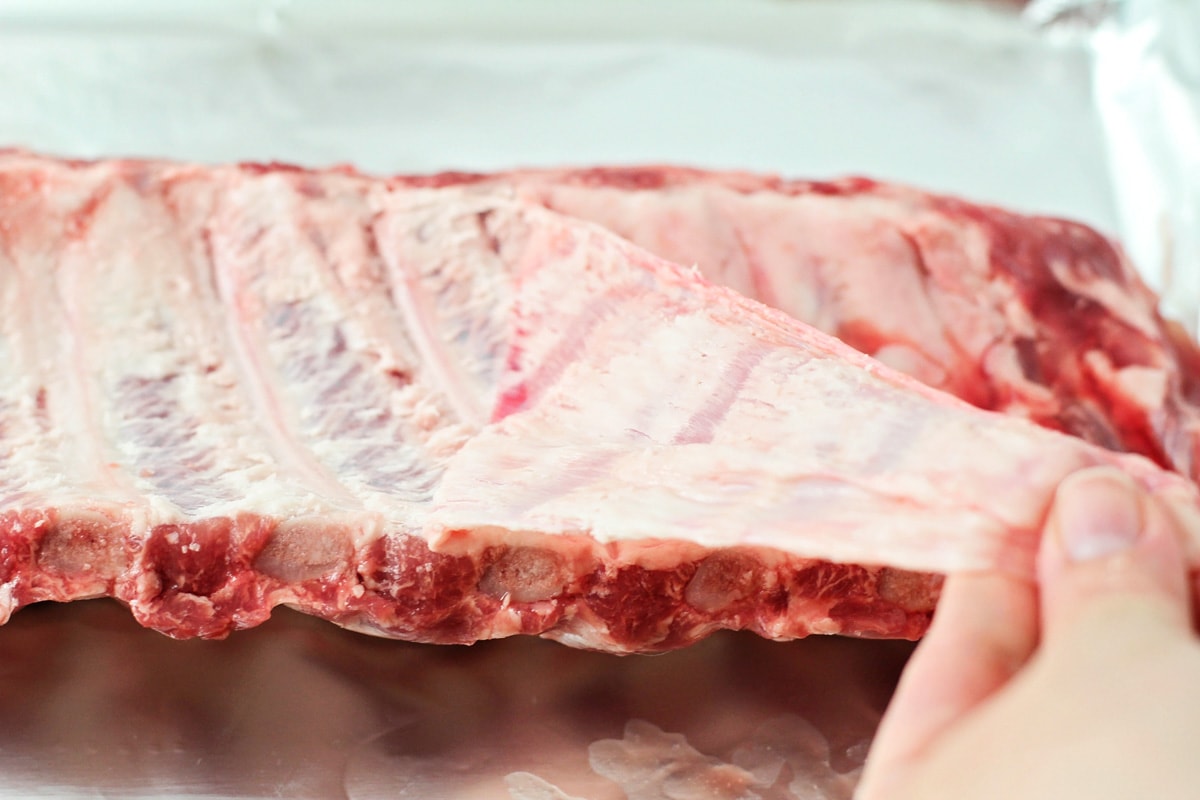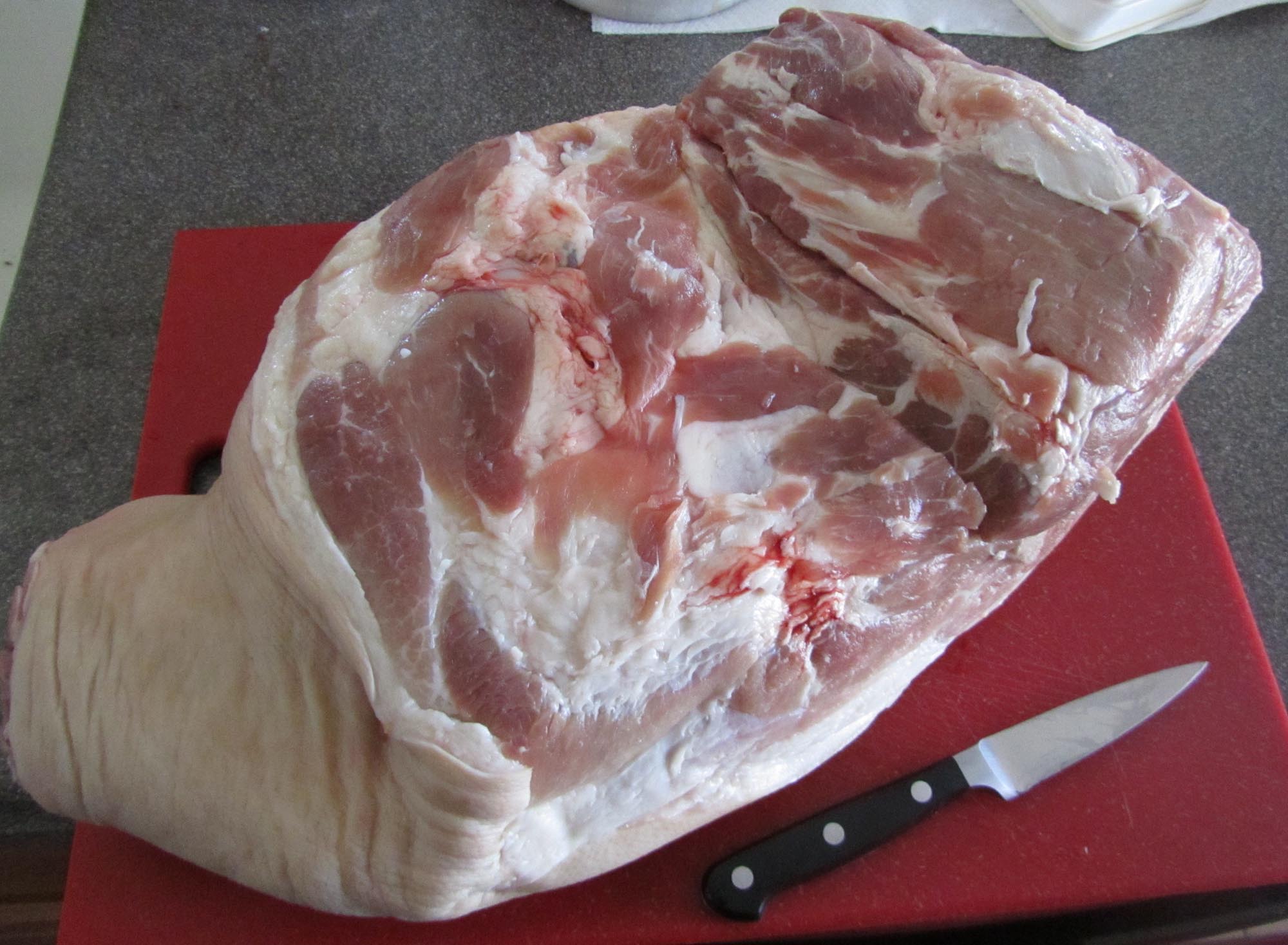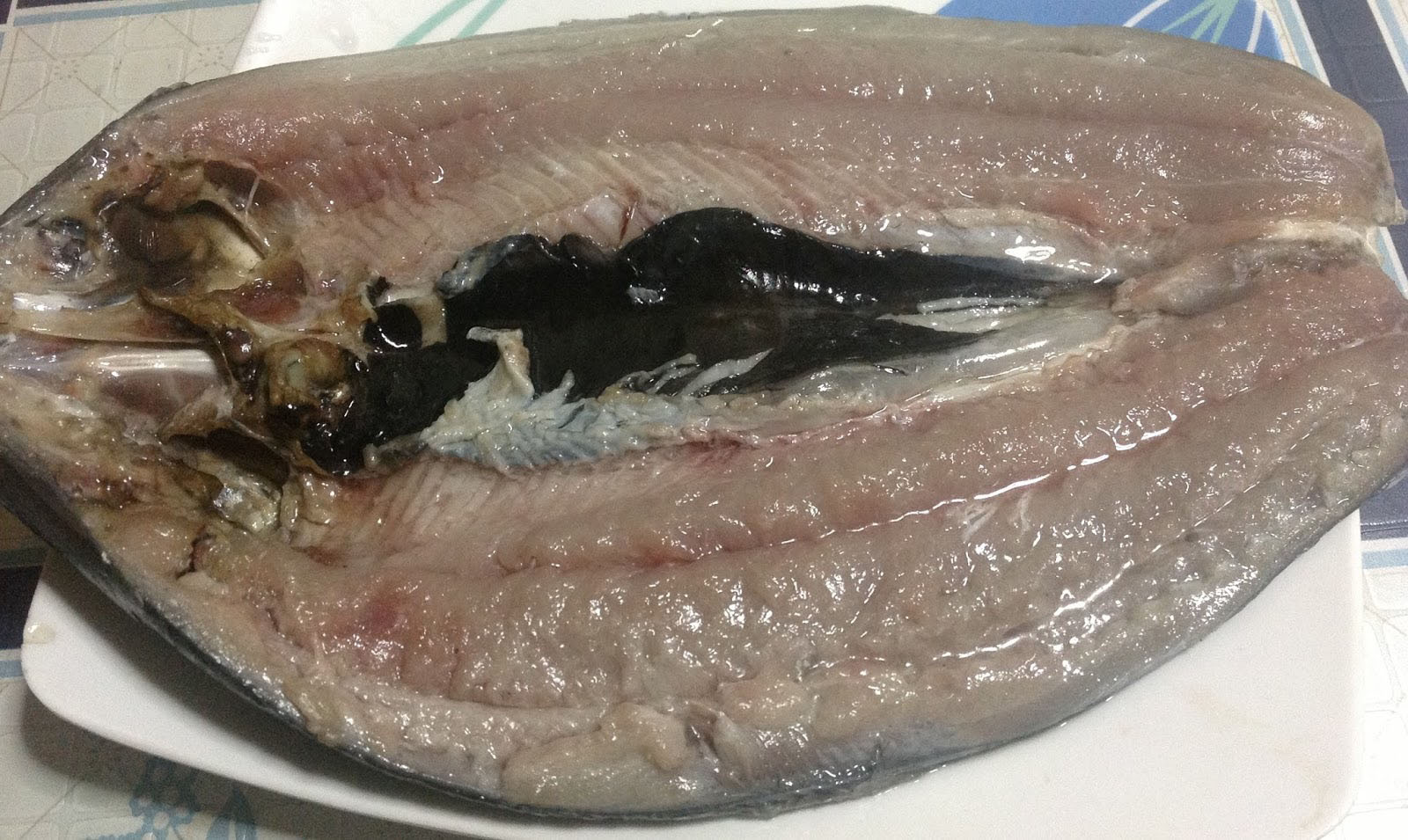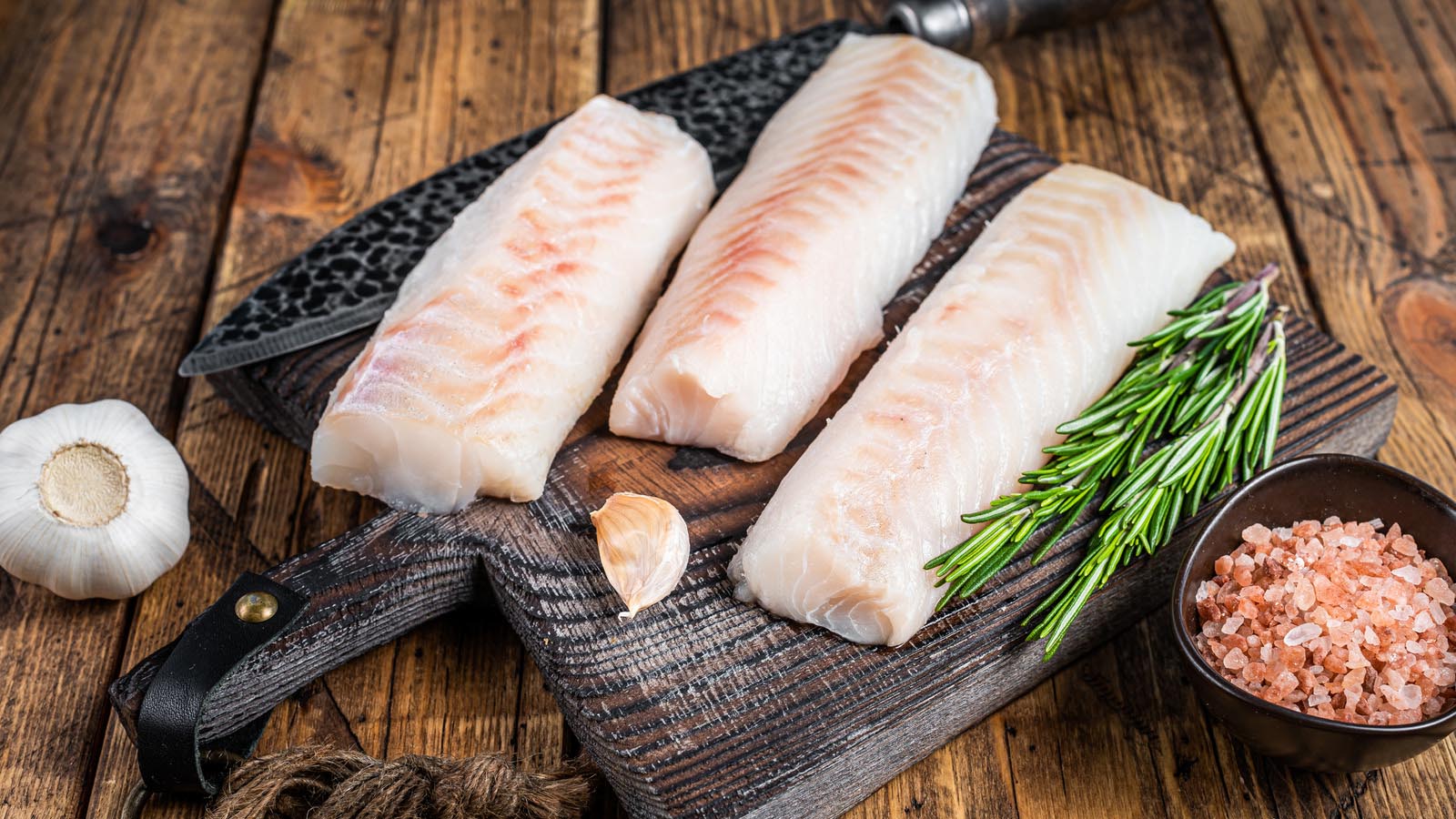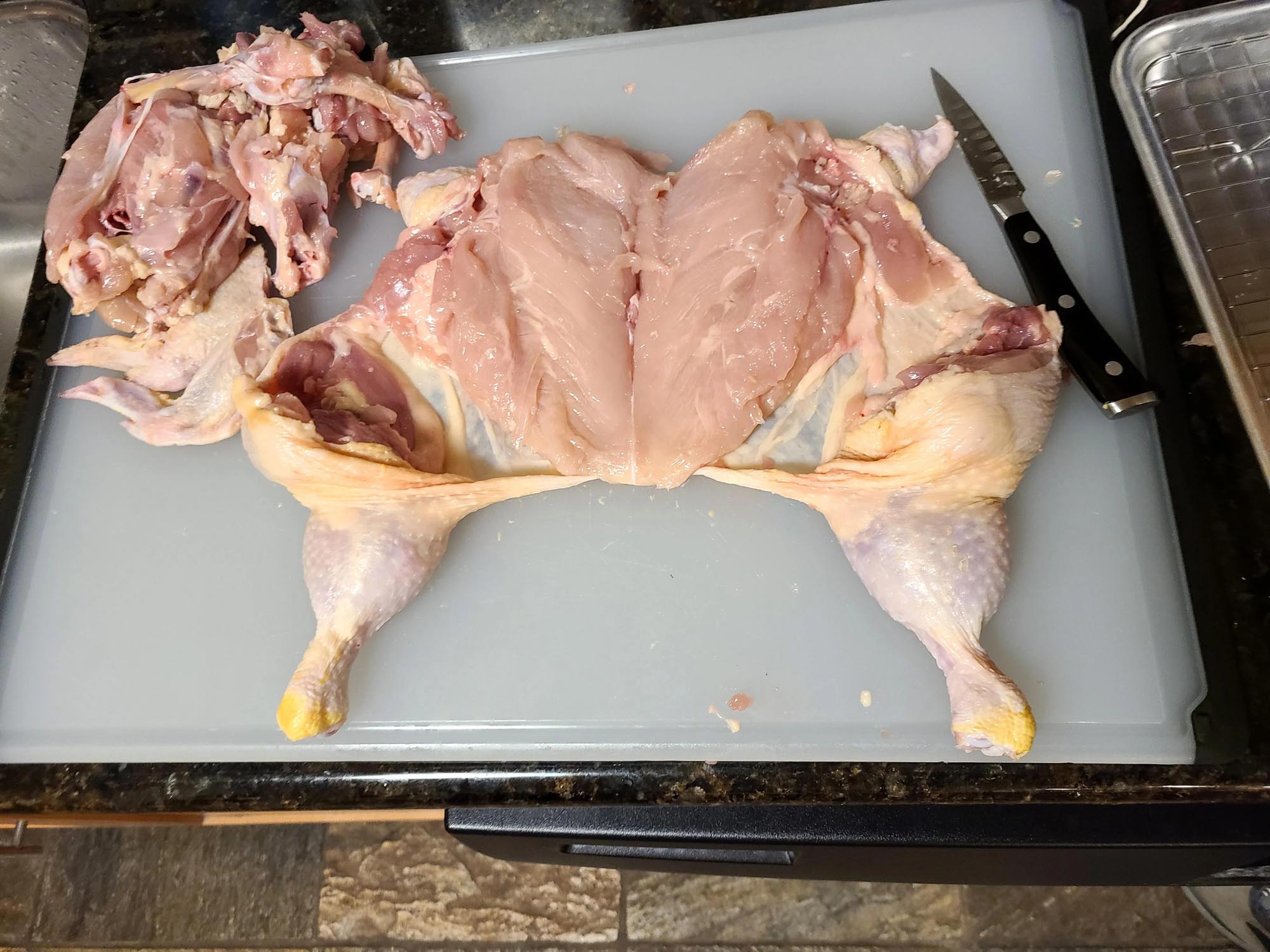Mastering the Art of Deboning a Cooked Fish
Deboning a cooked fish may seem like a daunting task, but with the right technique and a little practice, it can be a rewarding culinary skill. Whether you’re preparing a whole fish for a dinner party or simply want to enjoy a bone-free fillet, learning how to properly debone a cooked fish is a valuable skill for any home cook. Follow these simple steps to master the art of deboning a cooked fish:
Tools You’ll Need
- Sharp boning knife
- Cutting board
- Tweezers or fish bone pliers (optional)
Step 1: Prepare Your Workstation
Before you begin deboning the fish, make sure you have a clean and organized workspace. Lay out all your tools and ensure that the fish is at a comfortable working temperature. If the fish is too hot to handle, allow it to cool for a few minutes before starting.
Step 2: Remove the Head and Tail (If Necessary)
If you are working with a whole fish, start by removing the head and tail. Use a sharp knife to make a clean cut behind the gills to remove the head, and another cut at the base of the tail. This will make it easier to access the backbone and remove the fillets.
Step 3: Make a Slit Along the Backbone
Place the fish on the cutting board with the belly facing up. Use a sharp boning knife to make a slit along the top of the fish, following the backbone from head to tail. Take care to make precise cuts to avoid damaging the flesh.
Step 4: Gently Lift the Fillet
Once the slit is made, carefully lift one side of the fish to expose the backbone and rib bones. Use the tip of the knife to separate the flesh from the bones, working in small, controlled movements to ensure you remove as much meat as possible.
Step 5: Remove the Rib Bones
With the fillet partially removed, use the knife to cut along the rib bones, separating the fillet from the bones. Take your time and work slowly to avoid leaving any small bones behind.
Step 6: Check for Remaining Bones
After the main rib bones are removed, carefully run your fingers over the fillet to check for any remaining pin bones or small bones. Use tweezers or fish bone pliers to gently remove any leftover bones, ensuring that the fillet is completely bone-free.
Step 7: Repeat on the Other Side
Once the first fillet is deboned, repeat the process on the other side of the fish to remove the second fillet. Take your time and work methodically to ensure both fillets are free of bones.
Step 8: Enjoy Your Bone-Free Fish
With both fillets deboned, you are now ready to enjoy your bone-free fish. Whether you plan to serve it whole or portion it into individual servings, you can take pride in knowing that you have mastered the art of deboning a cooked fish.
With practice, patience, and the right technique, deboning a cooked fish can become second nature. The next time you prepare a fish dish, put your newfound skills to the test and impress your friends and family with perfectly deboned fillets.
Remember, the key to success is practice, so don’t be discouraged if your first attempt isn’t perfect. With each fish you debone, you’ll gain confidence and proficiency, making it easier to enjoy bone-free fish for years to come.
Was this page helpful?
Read Next: How To Debone Cooked Ribs
